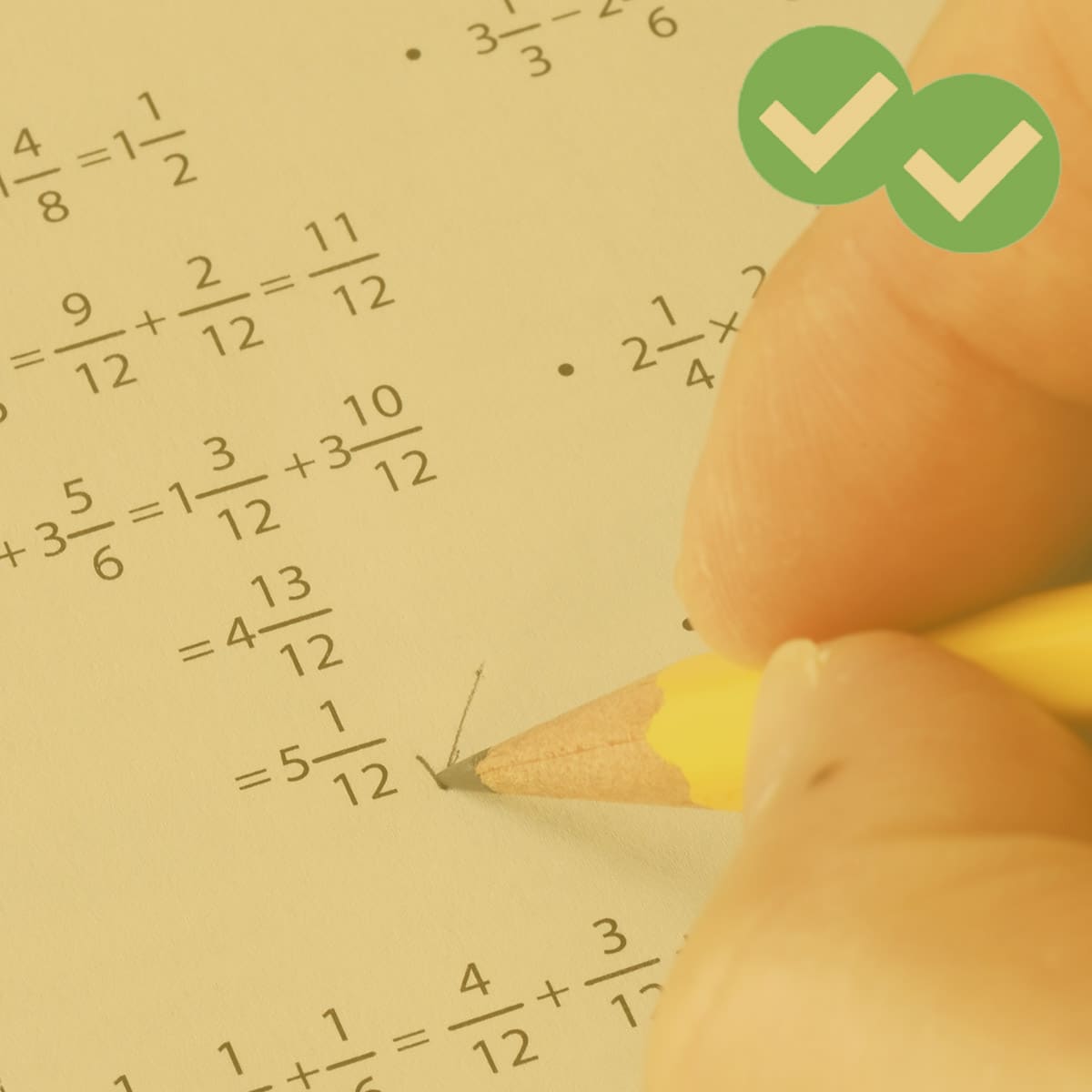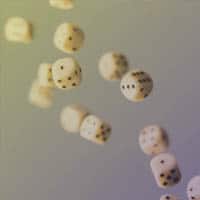Consider the following scenario. Suppose you solve for all the numbers in a Venn Diagram, in a scenario in which 200 students are taking AP Chemistry, AP Literature, both, or neither. Here are the results you find.
 OK, from this solved Venn diagram, there’s a ton we know:
OK, from this solved Venn diagram, there’s a ton we know:
total in AP Chemistry = 50 + 30 = 80
total in AP Literature = 30 + 80 = 110
taking both AP Chemistry and AP Literature = 30
taking AP Chemistry, and not AP Literature = 50
taking AP Literature, and not AP Chemistry = 80
taking neither = 40
All that is unambiguous, and most folks looking at this Venn Diagram would not have much trouble with all that. The problem comes with the question: “How many students are in AP Literature OR AP Chemistry?” Do we include the folks in both or not? There seem to be two readings of this question, and for some students, both reading might make sense. What’s going on?
The Two Kinds of “OR”
It turns out, in mathematical logic, there are two completely different kinds of OR: the inclusive OR and the exclusive OR. The inclusive OR always includes the “both” case. For the inclusive OR, the phrase “A or B” includes the possibilities:
(a) A by itself
(b) B by itself
(c) A and B together
By contrast, the exclusive OR always excludes the “both” case. For the exclusive OR, the phrase “A or B” includes (a) & (b) above, but definitely NOT (c).
In colloquial language, often context makes it clear which OR is intended. For example, if you imagine when you were, say, eight years old, and it was around dessert time, and your mother said emphatically, “You can have cake or ice cream!!!” At that moment, your mother most certainly was not expatiating on the merits of the inclusive OR. In fact, in many scenarios of ordinary life, the word OR implicitly means the exclusive OR—especially when any emotional emphasis lands on the word itself!
The Word “OR” in Mathematics
Things change when we look at the use within mathematics. First of all, the word OR is very important: it is part of the logical apparatus in a problem. For example, the solution of quadratic usually yields two solutions, and these solutions are related by the word OR.
In mathematics, wherever the word OR appears, it is always the inclusive OR, 100% of the time. If a mathematician says “A or B,” she always implicitly includes the case of A and B together. If the mathematician wants to specific an exclusive OR, she would have to go out of her way to say something wordier: “A alone or B alone but not both.” (In Symbolic Logic and in the Computer Science world, folks sometimes use the abbreviation XOR for the exclusive OR.)
This means, on the GMAT Quant section, wherever the word OR appears, 100% of the time it will be the inclusive OR. Thus, in the Venn Diagram above, it would be absolutely clear and unambiguous: if the test asked, “How many students are in AP Literature OR AP Chemistry?”, the answer would have to be 160.
Summary
The GMAT Quant section presents exceptionally high quality questions, and these are always devoid of ambiguity. Even when the word OR appears, it will have a precisely defined mathematical meaning, leaving absolutely no room for ambiguity. The word OR always, 100% of the time, means the inclusive OR. If you can remember this piece of advice, it will save you trouble in counting and probability problems. In fact, you can apply these ideas in these Practice Probability Questions.






Leave a Reply